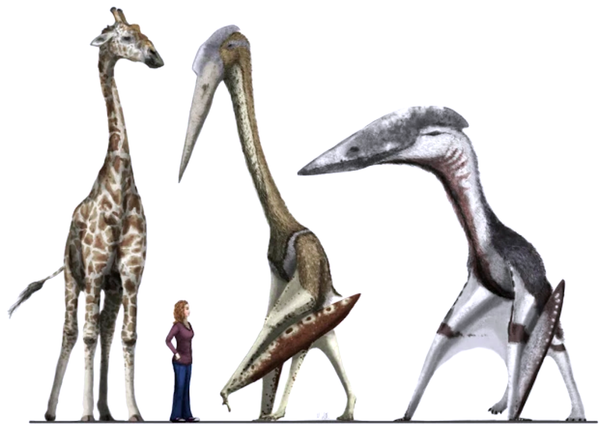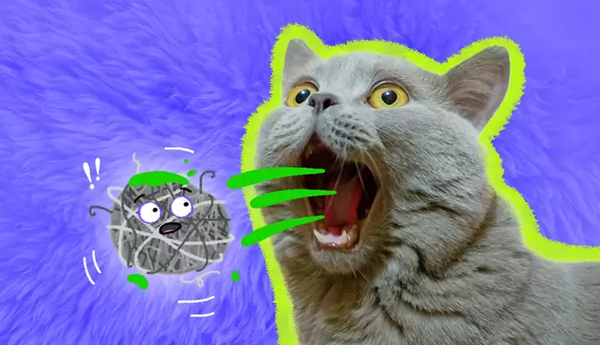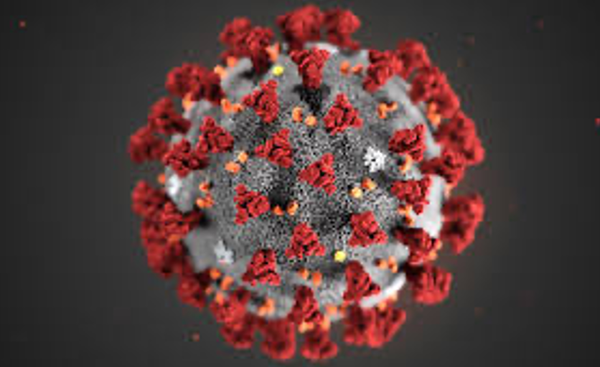The Evolution of Eyes
This was only a simple version of an explanation about the evolution of eyes. The professional article was from https://www.nature.com/articles/eye2017226
Intro
The monocellular organism Erythropsidinium evolved to have an eye (the structure where the arrow pointed to is its eye) to track prey and catch them with its spear-like flagellum.

This simple eye structure includes a lens (green part) and plastid network (brown part) as shown below:

The FIRST eye came from cells sensitive to light, and some pigment cells that block light. Organisms learnt the direction and intensity of light based on the cells’ blocking effect on light-sensitive cells.


Adding more cells and making a funnel shape, increases organisms' ability to detect the direction of light. This is done by linking the light-sensitive cells to neurons.


Different Phyla's Development In Eyes
different phyla of creatures develop their own eye structure
Panarthropoda:
Panarthropoda:
A clade, a group of organisms that includes the phyla Arthropoda, Tardigrada (water bears), and Onychophora (velvet worms). Common characteristics of the Panarthropoda include a segmented body, paired ladder-like ventral nervous system, and the presence of paired appendages correlated with body segments
They add shields to the funnel-shaped semi-open eyes (the shields will evolve into the lens in the future), increase eye numbers, and create the simplest form of compound eyes.


Some of the organisms that belong to Panathropoda develop spherical shapes of compound eyes. They add some nervous system in the middle of the spherical compound eye and an ocular peduncle developed to support the eye outside the body

Present organisms:
Insects enlarge their eyes, increase the ommatidium, and increase their head size.

Spiders give up evolving compound eyes. They put effort into developing their simple eyes.

Dioptromysis paucispinosa(a shrimp) mixes all ommatidium to form a compound eye and creates one single eye.

Mollusk:
Major and most successful evolution line for mollusk eyes:
Depen funnel shape eyes➡️create a hollow sphere for the eyes➡️use pinhole imaging principle


To prevent sand from coming in, the mollusks fill the eye with transparent colloids (evolve to be lenses), they also create denser light-sensitive cells, and one ganglion behind the cup-like eye to process vision


Vertebrates
Eyes first appeared in the direction towards the back (watch out for predators)
When the body size of vertebrates gets larger, the direction of eyes that head backward is useless.

The skin layer above the eye becomes translucent (later becomes the lens).

The remained nervous system blocks the pathway of light because the structure is inverted. (The blink spot)

Then vertebrates make the nervous system thinner (evolve to be Retina)
The retina, light-sensitive cells, and pigment cells open a hole to let the nervous system link to the light-sensitive cells. So electric signals can pass to the brain
This hole creates a blind spot.

Two distinct vertebrates create their eye structure:
Anableps separate the eye into two parts
They can view the world above water and below at the same time.

Opisthoprotidae have transparent heads and their eyes face up to watch for food.

Echinodermata
Starfish has one compound eye on every tentacle.

The brittle star has eyes full of lens and light-sensitive cells on its back.






